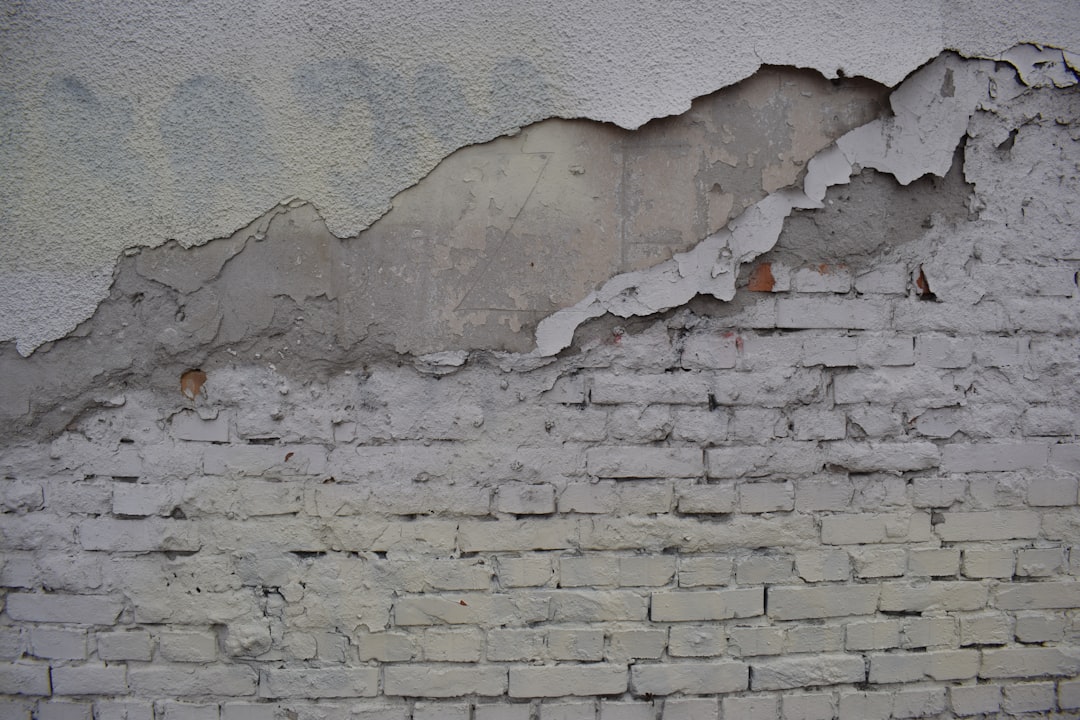
The phrase wall replacement cost turns up in thousands of homeowner searches every month, yet very few resources explain where the dollars actually go. At CountBricks, we replace the guesswork with data-driven clarity. Our AI estimates, realtime voice capture, and blueprint takeoffs pull current material pricing and local labor rates into one transparent number—before a single stud is removed.
• Non-load-bearing drywall removal is fast and inexpensive
• Structural wall removal adds engineering, shoring, and disposal fees
• Hazardous material abatement (lead paint, asbestos) escalates labor and disposal costs
• Standard 2x4 lumber vs. 2x6 energy-efficient assemblies
• Additional blocking for mounted cabinetry or entertainment units
• Changes to floor or roof loads requiring engineered studs or LVLs
• Fiberglass batt versus closed-cell spray foam
• Level-4 drywall finish for paint vs. level-5 for high-gloss surfaces
• Premium texture, shiplap, or accent panel systems add time and material
Moving a wall means moving the systems inside it. CountBricks field data shows that rerouting HVAC and electrical is the most common hidden expense for Louisville-area homeowners.
Residential crews in Louisville, KY currently average 8–12 % below the national mean, but supply-chain surcharges on framing lumber can offset that saving. CountBricks updates pricing every 24 hours to reflect these swings.
• Non-structural interior wall: $1,800 – $3,200
• Load-bearing single-story wall: $4,500 – $7,500
• Multi-story structural wall with finish upgrades: $9,000 – $15,000+
These ranges include demolition, framing, insulation, drywall, taping, sanding, and paint. They exclude specialty finishes, custom millwork, or unexpected code upgrades. Use CountBricks.com/estimate to generate a line-item figure tailored to your zip code and wall dimensions in under five minutes.
• Realtime material feeds pull directly from local suppliers, eliminating outdated price books
• On-site voice capture records measurements and scope notes while you walk the space, converting speech to cost items instantly
• AI blueprint takeoffs scan PDFs or photos and auto-detect wall lengths, openings, and structural loads
• Transparent mark-ups let you see how profit, overhead, and contingency are applied so you can fine-tune the bottom line
1. Upload your floor plan or open the mobile voice interface.
2. State the wall type, approximate length, and any finish preferences.
3. CountBricks AI generates a preliminary price and timeline in seconds.
4. Schedule an on-site verification visit directly through CountBricks.com/services.
5. Receive a final fixed-price contract and sign electronically.
6. Track milestones, change orders, and invoices through your dashboard.
• Temporary dust walls and air scrubbers to protect adjacent rooms
• Floor protection if heavy demolition equipment crosses hardwood or tile
• Permit fees and structural engineer sign-off
• Trim, baseboards, and paint blending to match existing finishes
• Schedule work in the off-season when crews have more availability
• Combine multiple small walls into one demo phase to reduce mobilization fees
• Opt for paint-ready drywall instead of custom textures
• Let CountBricks batch-purchase lumber while prices are low and store it off-site
A recent CountBricks project involved removing a 14-foot load-bearing wall to create an open-concept kitchen. Our AI estimate came in at $6,850. By value-engineering the beam size and switching from cedar shims to engineered shims (a $0.42 per-unit saving), we delivered the job for $6,320—all documented in the homeowner’s dashboard at CountBricks.com/portfolio.
Wall replacement cost is never one-size-fits-all, but CountBricks technology closes the gap between early ballpark figures and the final invoice. Whether you are knocking down a single partition or re-framing an entire first floor, CountBricks delivers speed, accuracy, and full financial transparency every step of the way.
Generate a no-obligation wall replacement cost breakdown now at CountBricks.com/estimate.

Traditional estimating methods rely on regional averages that can be 30–90 days old. Lumber, drywall mud, and even disposal fees can swing wildly in that time. CountBricks plugs directly into supplier APIs every morning, so the wall replacement cost you see today reflects prices on the shelf—literally this afternoon.
• Dynamic Sourcing: A Highlands bungalow needed 5/8-inch Type X drywall. CountBricks algorithms located a surplus batch at a nearby distributor, shaving $0.18 per square foot. On 900 sq ft of board, that small delta saved the client $162—enough to upgrade to low-VOC paint.
• Labor Efficiency: By sequencing demo and framing crews back-to-back, CountBricks cut idle time to under four hours on a St. Matthews renovation, eliminating one full labor day worth $480.
Homeowners often tweak finish levels halfway through a project. Our dashboard recalculates the incremental wall replacement cost in real time, highlighting:
• Material price variance (e.g., shiplap vs. smooth drywall)
• Added labor hours
• Schedule impact
Sign digitally and the updated scope flows straight to the field tablets—no paper, no ambiguity.
CountBricks partners with major renovation lenders, offering pre-qualified options inside the platform. Compare monthly payments against projected equity gains and lock funding before demolition begins.
1. Visit CountBricks.com/estimate to create your free account.
2. Capture room dimensions with a 60-second voice walk-through.
3. Review your detailed wall replacement cost report, then schedule an on-site verification at a time that suits you.
4. Track progress, approve changes, and pay securely—all within CountBricks.
With CountBricks, precision isn’t an upgrade; it’s built in. Let our AI take the uncertainty out of wall replacement so you can focus on the design possibilities that follow.